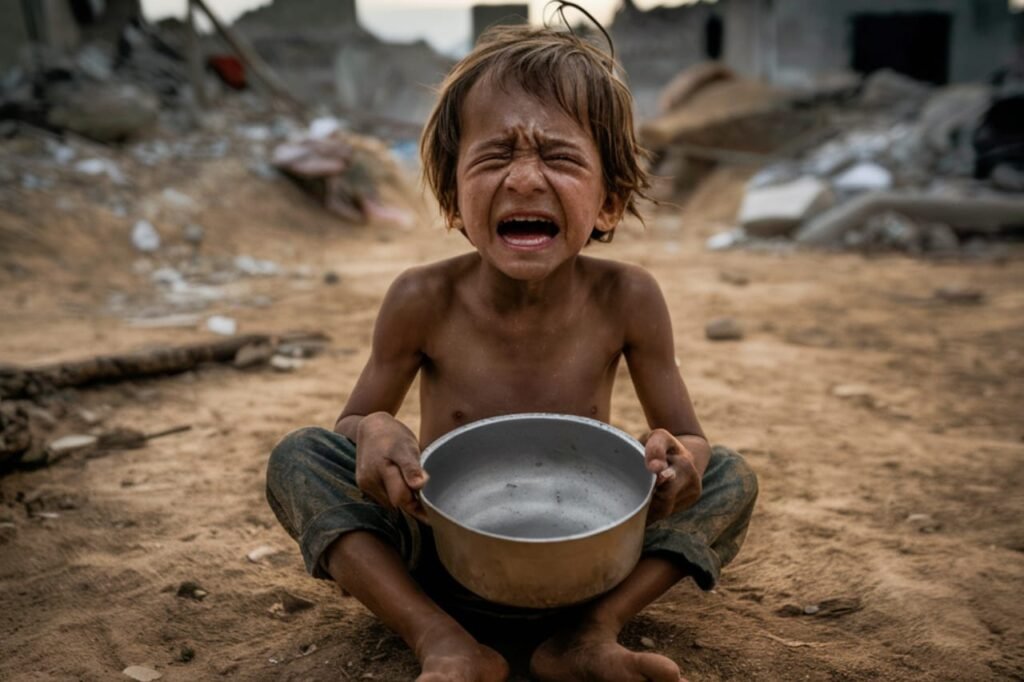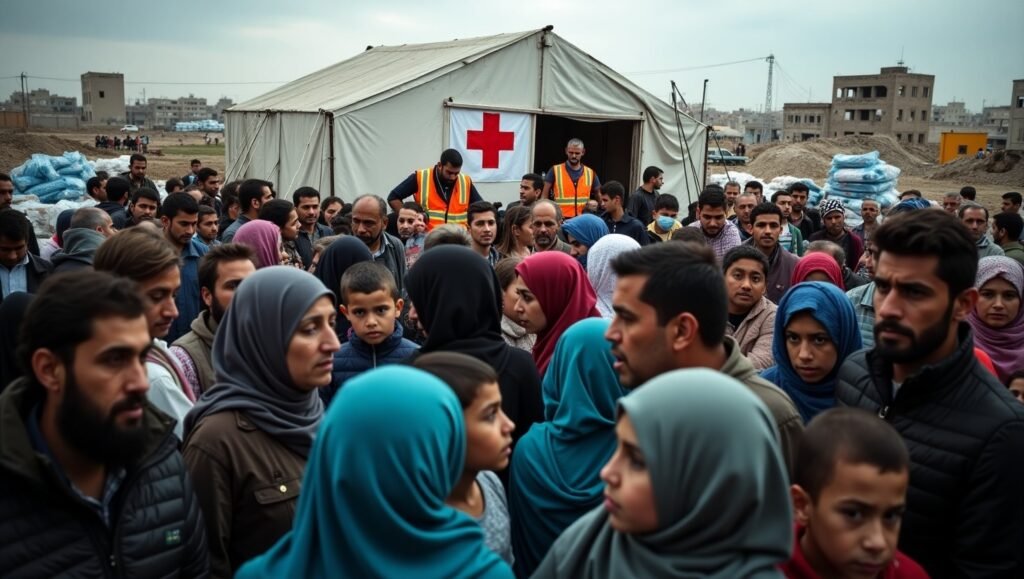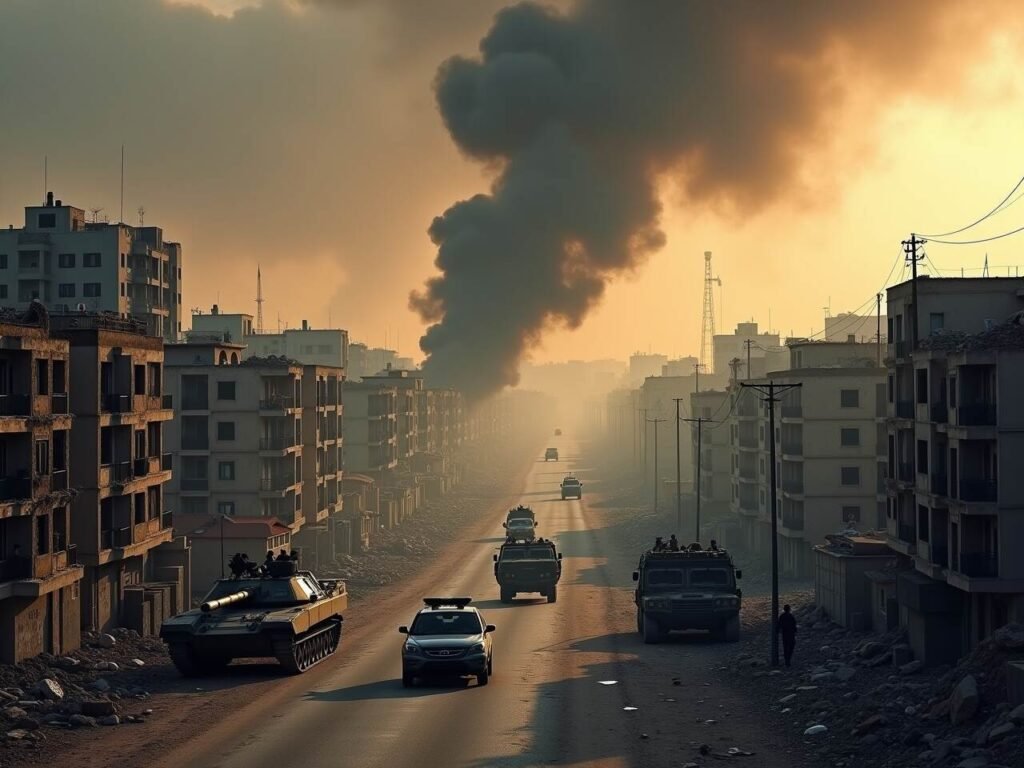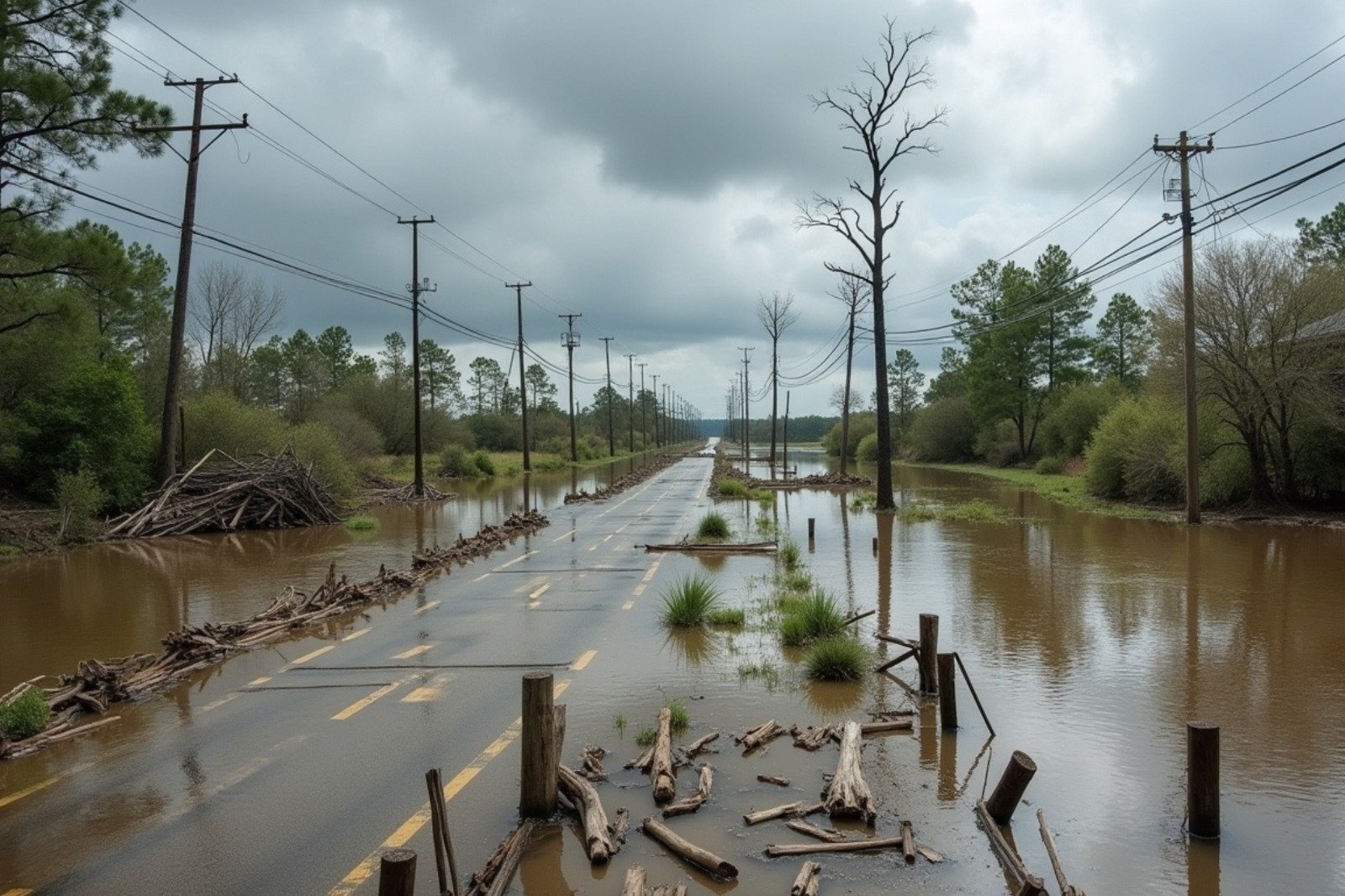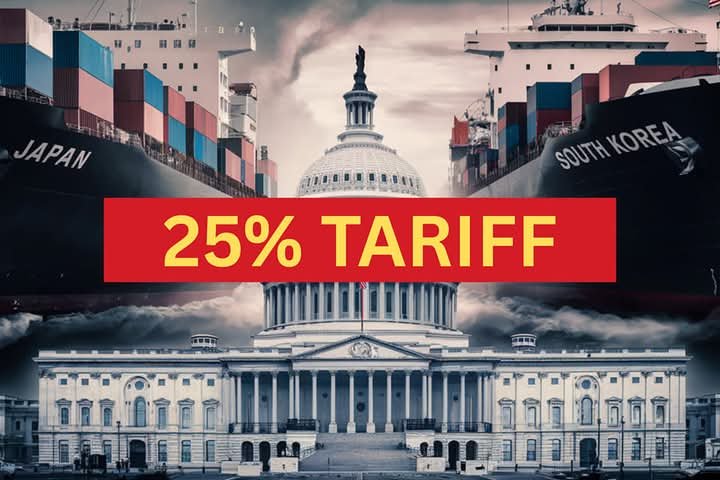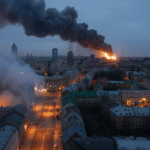- Home
- ScienceDiscover the latest updates from across the United States, including politics, culture, economy, and trending stories. Stay informed on the key events shaping the nation and the topics everyone’s talking about.
- EconomyOur Economy page provides comprehensive reporting on international financial systems, trade dynamics, development economics, and macroeconomic policy. Drawing on expert analysis and institutional data, we illuminate the interconnected nature of global markets and their real-world implications for governance and inequality.
- HealthWe examine global health issues through the lens of policy, access, equity, and innovation. From pandemics and healthcare infrastructure to mental health and biotechnological breakthroughs, our health reporting is rooted in empirical data, expert insight, and a commitment to understanding health as a cornerstone of human development.
- HistoryThis section revisits critical junctures in world history, emphasizing the relevance of historical events in shaping present-day global affairs. Through scholarly narratives and fact-anchored storytelling, we uncover the often-overlooked patterns, power structures, and human decisions that have left a lasting imprint on international relations and societies.
- PoliticsOur Politics section offers in-depth analysis of international political developments, ideological movements, and institutional shifts. With a focus on global governance, diplomacy, and geopolitical strategy, we provide nuanced reporting that transcends partisan narratives and situates events within their broader historical and structural contexts.
- War & ConflictThis section delivers meticulous coverage of international conflicts, civil wars, military strategies, and peace negotiations. We prioritize geopolitical context, long-term impact, and the role of state and non-state actors—eschewing sensationalism in favor of sober, historically informed analysis.
- TechnologyWe critically examine the global technology landscape—from artificial intelligence and cybersecurity to digital policy and ethical innovation. Our reporting focuses not just on what is being built, but why it matters: how technological change influences governance, economy, security, and human life on a planetary scale.
- Features
- Home
- ScienceDiscover the latest updates from across the United States, including politics, culture, economy, and trending stories. Stay informed on the key events shaping the nation and the topics everyone’s talking about.
- EconomyOur Economy page provides comprehensive reporting on international financial systems, trade dynamics, development economics, and macroeconomic policy. Drawing on expert analysis and institutional data, we illuminate the interconnected nature of global markets and their real-world implications for governance and inequality.
- HealthWe examine global health issues through the lens of policy, access, equity, and innovation. From pandemics and healthcare infrastructure to mental health and biotechnological breakthroughs, our health reporting is rooted in empirical data, expert insight, and a commitment to understanding health as a cornerstone of human development.
- HistoryThis section revisits critical junctures in world history, emphasizing the relevance of historical events in shaping present-day global affairs. Through scholarly narratives and fact-anchored storytelling, we uncover the often-overlooked patterns, power structures, and human decisions that have left a lasting imprint on international relations and societies.
- PoliticsOur Politics section offers in-depth analysis of international political developments, ideological movements, and institutional shifts. With a focus on global governance, diplomacy, and geopolitical strategy, we provide nuanced reporting that transcends partisan narratives and situates events within their broader historical and structural contexts.
- War & ConflictThis section delivers meticulous coverage of international conflicts, civil wars, military strategies, and peace negotiations. We prioritize geopolitical context, long-term impact, and the role of state and non-state actors—eschewing sensationalism in favor of sober, historically informed analysis.
- TechnologyWe critically examine the global technology landscape—from artificial intelligence and cybersecurity to digital policy and ethical innovation. Our reporting focuses not just on what is being built, but why it matters: how technological change influences governance, economy, security, and human life on a planetary scale.
- Features
Now Reading: Netanyahu Meets Trump as Gaza Talks Intensify
-
01
Netanyahu Meets Trump as Gaza Talks Intensify
- Home//
- Science//Discover the latest updates from across the United States, including politics, culture, economy, and trending stories. Stay informed on the key events shaping the nation and the topics everyone’s talking about.
- Economy//Our Economy page provides comprehensive reporting on international financial systems, trade dynamics, development economics, and macroeconomic policy. Drawing on expert analysis and institutional data, we illuminate the interconnected nature of global markets and their real-world implications for governance and inequality.
- Health//We examine global health issues through the lens of policy, access, equity, and innovation. From pandemics and healthcare infrastructure to mental health and biotechnological breakthroughs, our health reporting is rooted in empirical data, expert insight, and a commitment to understanding health as a cornerstone of human development.
- History//This section revisits critical junctures in world history, emphasizing the relevance of historical events in shaping present-day global affairs. Through scholarly narratives and fact-anchored storytelling, we uncover the often-overlooked patterns, power structures, and human decisions that have left a lasting imprint on international relations and societies.
- Politics//Our Politics section offers in-depth analysis of international political developments, ideological movements, and institutional shifts. With a focus on global governance, diplomacy, and geopolitical strategy, we provide nuanced reporting that transcends partisan narratives and situates events within their broader historical and structural contexts.
- War & Conflict//This section delivers meticulous coverage of international conflicts, civil wars, military strategies, and peace negotiations. We prioritize geopolitical context, long-term impact, and the role of state and non-state actors—eschewing sensationalism in favor of sober, historically informed analysis.
- Technology//We critically examine the global technology landscape—from artificial intelligence and cybersecurity to digital policy and ethical innovation. Our reporting focuses not just on what is being built, but why it matters: how technological change influences governance, economy, security, and human life on a planetary scale.
- Features//
- Home
- War & Conflict
- Netanyahu Meets Trump as Gaza Talks Intensify
Netanyahu Meets Trump as Gaza Talks Intensify
Emma BarnesWar & ConflictJuly 7, 202560 Views
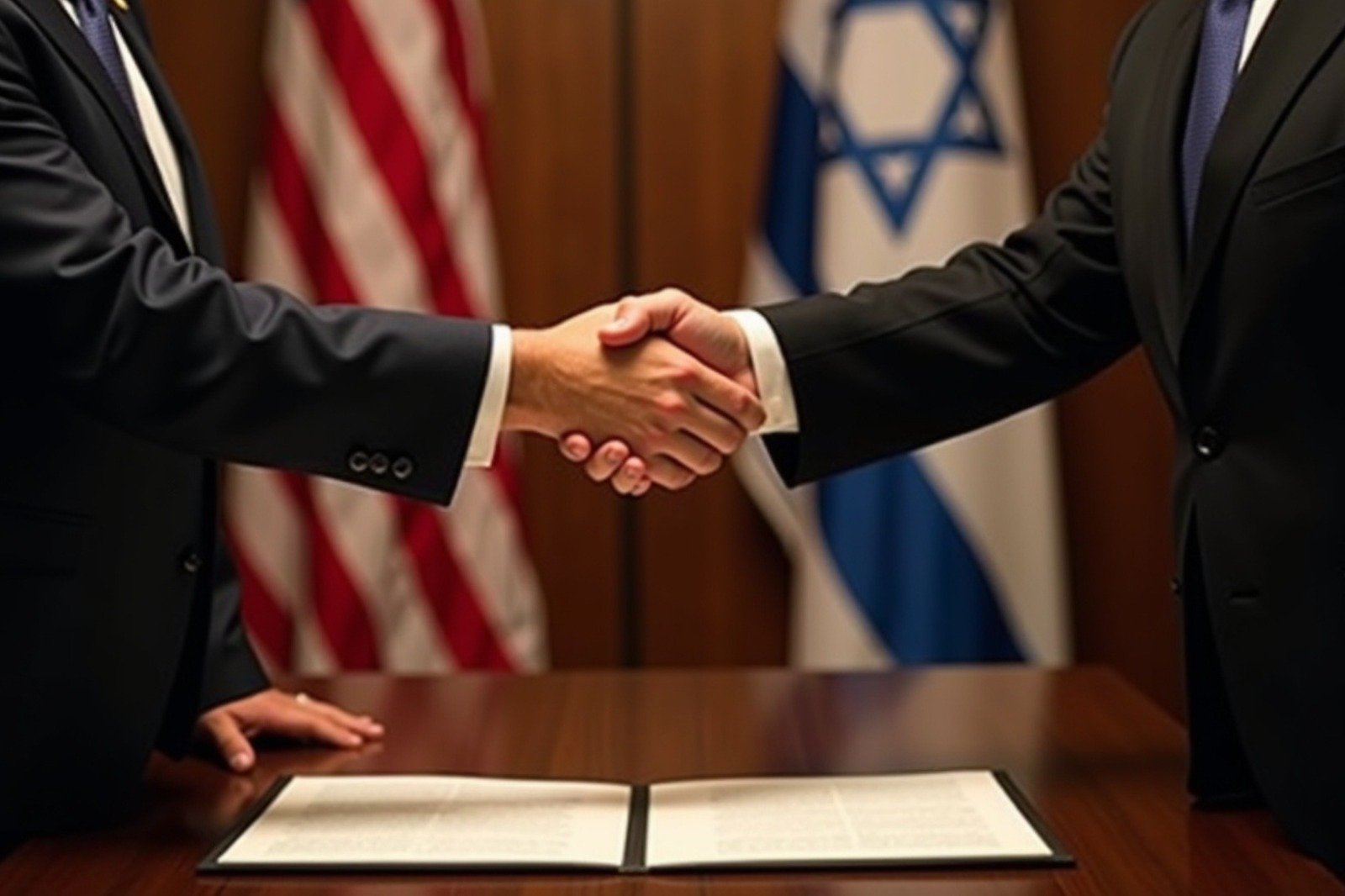
Gaza is facing an exceptionally dire humanitarian crisis. As of July 7, the Gaza Health Ministry reports a staggering 57,523 fatalities in the enclave. According to recent reports, around 9,000 women have been killed in the Gaza war, as confirmed by UN Women. Other sources suggest the number could be higher, with some estimates ranging from 8,900 to 12,400 women killed. Children make up approximately 33 % of the deaths—roughly 19,000 young lives lost.
The crisis also poses a significant risk to aid workers, with over 224 humanitarian personnel, including 179 UNRWA staff, have been killed. The conflict ranks among the deadliest ever for journalists—217 media workers have died in Gaza so far. This tragic toll highlights the acute risk facing non-combatants.
The humanitarian crisis is intensifying. Hospitals are near collapse, and basic infrastructure—water, food, medicine—is failing. The need for a ceasefire is urgent, driven by the rising fatalities and the collapse of daily life for civilians.
The escalation timeline underscores the gravity: Israeli bombardments have intensified since late June, disrupting previous pauses. Evacuations and airstrikes surged just hours before key U.S.–Israel ceasefire discussions, signaling a decisive shift on the ground.
What sets these talks apart is active U.S. involvement and robust Qatar mediation. For the first time, the Biden administration is working closely with regional players—Qatar and Egypt—to frame a ceasefire roadmap. This high-stakes diplomacy reflects global alarm over Gaza’s collapse.
Gaza Diplomacy: Can Trump Deliver a Deal?
Prime Minister Netanyahu’s visit to the White House comes at a turning point in Gaza diplomacy. The meeting agenda is clear: advance a U.S.-backed 60‑day ceasefire, secure hostage releases, and set conditions for long-term peace.
During the talks, Gaza will take center stage. Trump aims to help broker a ceasefire, with both sides reportedly responding positively to the draft proposal. Israel hopes to leverage U.S. influence ahead of ongoing indirect negotiations in Qatar. Netanyahu emphasized in Washington that discussions “can certainly help advance” those Gaza efforts.
Domestically, Netanyahu faces mixed pressure. Public protests in Tel Aviv demand a permanent ceasefire and swift hostage returns, while some of his right-wing coalition oppose halting the war. Balancing these forces is crucial: a deal must satisfy war-weary Israelis without fracturing his government.
U.S. roles in brokering both hostage and truce plans are growing. Trump personally praised U.S. air strikes on Iranian targets and vowed to prevent Tehran’s nuclear rise before Gaza exit talks. His office and envoys—such as Steve Witkoff and Adam Boehler—have worked behind the scenes to pressure Hamas and support intermediary talks.
The significance of this White House visit lies in merging military and diplomatic momentum. Israel’s recent regional campaign strengthens its bargaining position. The U.S. is pushing not just for temporary calm, but for Gaza to remain central in a broader strategy—hostage release, humanitarian aid, troop withdraws, and potential normalization with other Middle Eastern states.
Gaza War Pressure Mounts on Netanyahu in U.S.
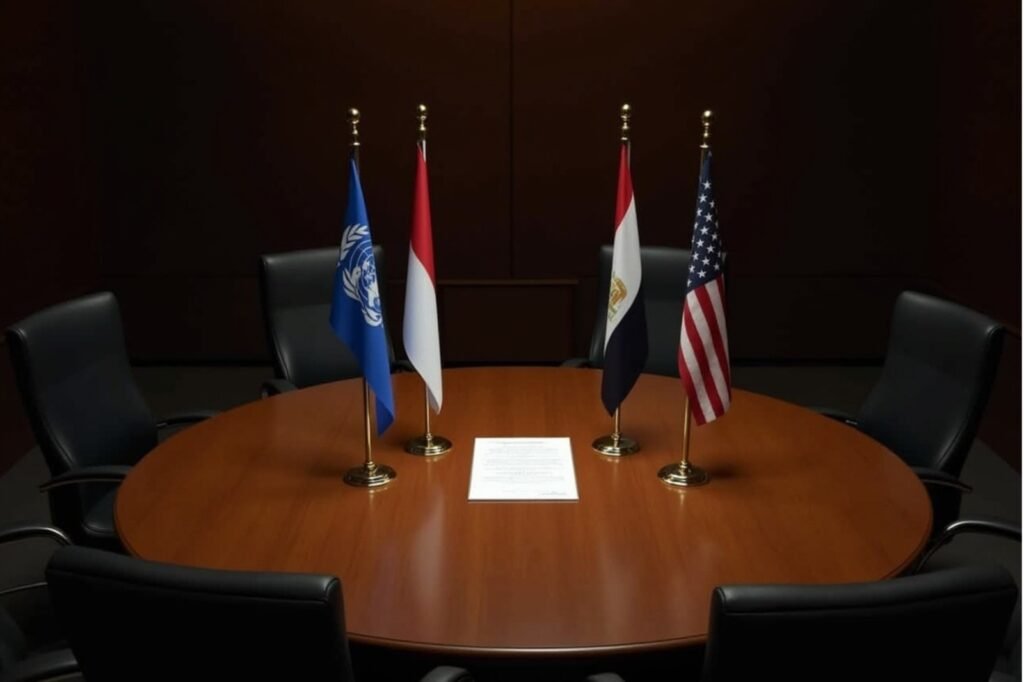
Global pressure on Israel over Gaza is intensifying as world leaders demand action. The UN Security Council adopted resolutions demanding immediate ceasefires and unrestricted humanitarian access to Gaza. Secretary-General António Guterres echoed the call at the BRICS summit, urging “immediate and permanent ceasefire in Gaza” as part of a two-state solution.
Regional mediators have stepped forward. Qatar, Egypt, and Jordan continue shuttle diplomacy. Qatar’s prime minister framed the ceasefire plan as a “start” and stressed the need for humanity first. Egypt supports urgent aid delivery via Rafah, while Jordan warns against population displacement.
At the BRICS summit in Brazil, leaders condemned Gaza strikes and called on Israel to withdraw troops. Brazil’s President Lula strongly condemned Israel’s actions in Gaza, describing them as a form of “genocide”. The bloc also demanded protection for Iran’s nuclear assets and emphasized multilateralism.
Iran’s stance adds complexity. Tehran has warned any threat to its nuclear sites could risk broader escalation. While not directly targeting Israel, Iran’s rhetoric fuels regional tensions.
This wave of international reaction amplifies military and diplomatic stakes. With the U.S. pressing Gaza ceasefire terms, Netanyahu faces growing isolation. Arab states, BRICS, and European allies align in demanding an urgent pause. Iran’s warnings underline the risk of broader conflict—making Gaza the litmus test for global diplomacy.
Gaza Truce Hopes Rise Amid Global Mediation
Negotiators now weigh three possible paths for Gaza: a full ceasefire, a limited truce, or collapse and renewal of conflict. A US—Qatar—Egypt proposal outlines a 60-day pause, staged hostage swaps, troop drawdowns, and humanitarian corridors. This marks a distinct shift towards long-term truce planning.
If Hamas and Israel align, we may see a full ceasefire emerge. Israel would withdraw to buffer zones and ramp up aid delivery, while hundreds of Palestinian prisoners are released. Hamas would pause military operations without disarmament, and negotiations for a political roadmap could begin.
A partial truce is more likely: temporary halts for hostages and aid. Both sides agree to pauses but disagree on troop withdrawal and disarmament terms . Hamas views this as a temporary reprieve, or “hudna,” to regroup and rebuild, rather than a lasting peace agreement.
Failed talks could reignite the war. Hamas may retaliate if aid delivery stalls. Israeli hardliners could block aid or push deeper into Gaza, undermining trust . There are risks of regional escalation if conflict resumes, possibly drawing in Hezbollah, Iran, or U.S. forces.
Long-term solutions demand sustained humanitarian access, Gaza demilitarization, and formal political recognition. Proposals suggest international oversight of reconstruction and governance until a stable Palestinian authority is established.
If support fades, Gaza could relapse into violence. But this pause also offers a rare opening to pivot from war to peace, humanitarian recovery, and political renewal—provided global backing holds firm.
Read More:












